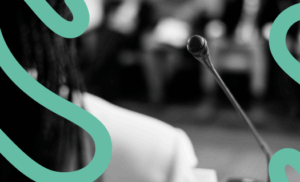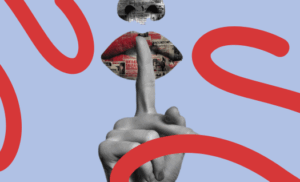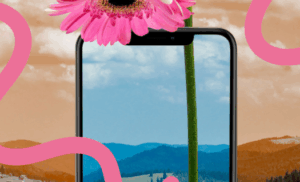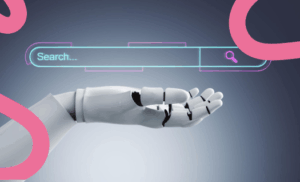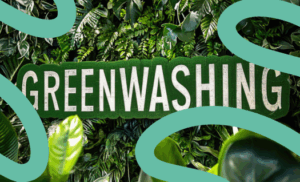In the last few years we have been seeing more and more job offers for copywriters and storytellers. What do each of these professional profiles do? They both have to write, but the way of communicating in each case is very different.
This differentiation is important because, although they have points in common, requesting the help of a copy or a story is very different. Understanding their nuances and their application is essential to capture the audience’s attention and generate the right results.
First, let’s look at how both techniques are defined.
Copywriting is the technique of writing aimed at provoking a specific action in the reader. Its mission is clear: to sell. On the other hand, storytelling is the art of telling stories with an emotional and relational purpose. Its mission: to connect.
In the first case, the texts are strategic and seek a conversion. The copywriter is a ‘silent salesman’, while in the second case, the texts seek a connection between the brand and the audience, making the user identify with it.
Differences between Storytelling and Copywriting
Although both methods aim at conversion and recruitment, their timing is different.
El copywriting es inmediato: “acción-reacción”. Su efecto se mide en clics, formularios enviados o compras cerradas. Es una técnica a corto plazo que, para lograr conversiones, utiliza frases cortas, directas y persuasivas.
Storytelling, on the other hand, is emotional. It builds a brand, a reputation and a community in the medium and long term. It tries to leave an impression on the audience and to do so it uses more elaborate narratives, with more details and that appeal to feelings.
Copywriting focuses on offer, benefit and urgency, while storytelling focuses on context, values and brand experience.
How to choose
The choice of technique depends on a number of factors including target, channel and conversion.
For example, copywriting is the most widely used tool for advertisements, landing pages, sales emails, and banners. When seeking to capture leads, close sales, or highlight a specific promotion, copywriting is irreplaceable.
On the other hand, storytelling is essential in branding campaigns, content for blogs and social networks, corporate videos or institutional actions. When the challenge is to build community, transmit brand values or differentiate in a market, storytelling should be the technique of choice.
However, for some time now, we have seen how large companies have used both techniques to sell and identify users with their brands. Coca-Cola, Nike or Apple are clear examples of the use of both techniques, being able to generate a whole legion of followers behind their brands.
Persuasive copy that incorporates narrative elements can improve your ability to convert. Similarly, a well-told story that concludes with a compelling close can translate into a conversion.

